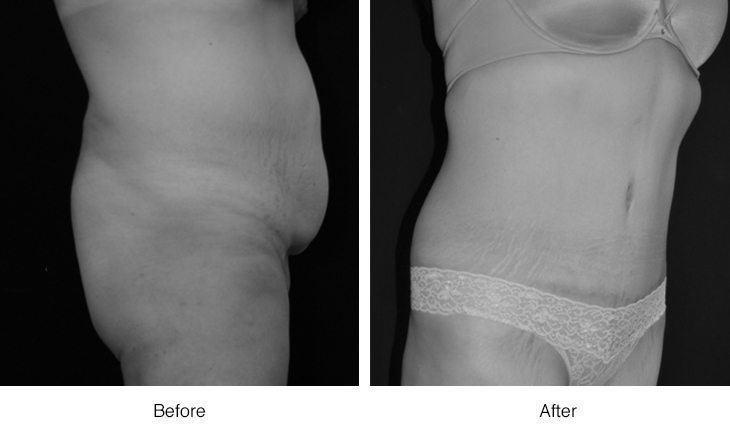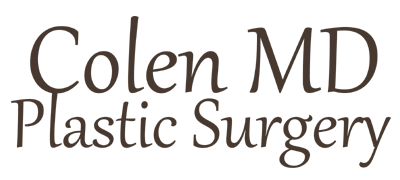Recently I wrote in my blog about the pain often experienced with plastic surgery. Now let me address the other end of the equation: what we as plastic surgeons do to help relieve any pain associated with your procedure.
First, let’s be honest: Any surgery has some degree of discomfort associated with it. But most plastic surgery procedures have less pain associated with them than is often the perception. In fact, if there are no complications, usually the pain after the procedure is similar to the soreness you might feel after a strenuous workout.
At our practice, everyone on the team–surgeon, nurses, and anesthesiologists–works together to minimize the pain you experience at all points. And I feel this is true of most reputable plastic surgeons.
The process starts before surgery day. The surgeon’s office does their best to educate you about your surgery and the steps taken to minimize pain. This will include discussing what is expected of you right before the surgery and in the days and weeks following it. Normally, following the surgery, you will be given recommendations and / or prescriptions for pain relievers as well as anti-nausea medicines that will help with your recuperation.
The program involves our surgeons, anesthesiologists, nurses, and patients all working together to minimize pain. Each of these individuals has a key role in working to minimize procedure and post-procedure pain. Here are the steps we and most reputable plastic surgeons go through to make surgery as pain-free as possible.
1) Educating you on what steps you can take to assist with the healing process.
2) Using a board-certified anesthesiologist during each plastic-surgery procedure, to ensure your safety and to manage medications for the surgery.
3) Maintaining a clean (and certified) environment for the surgery.
4) Using gentle tissue-handling techniques in the procedure, thus minimizing trauma and the resulting pain.
5) Also during the procedure, applying local anesthetics to surgical sites so that, during early recuperation, pain centers aren’t stimulated.
6) Giving the patient pain medicine as soon as possible after the patient is awake.
7) Staying in regular contact with the patient during recuperation to make sure that pain and discomfort are being controlled. If not, adjusting the patient’s pain medication accordingly.
Most patients find that these seven steps turn the pain associated with plastic surgery into a manageable annoyance rather than a debilitating problem.


